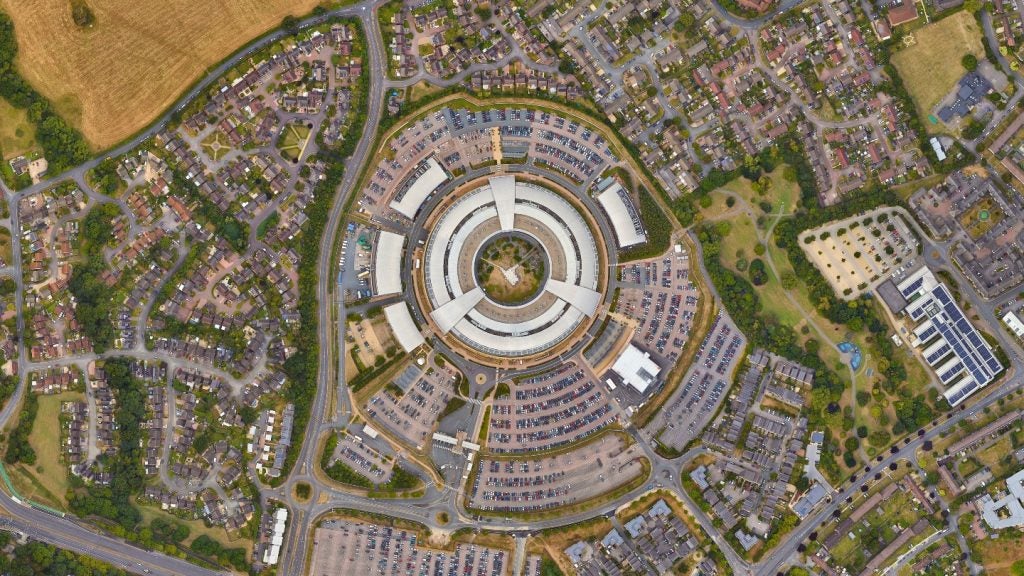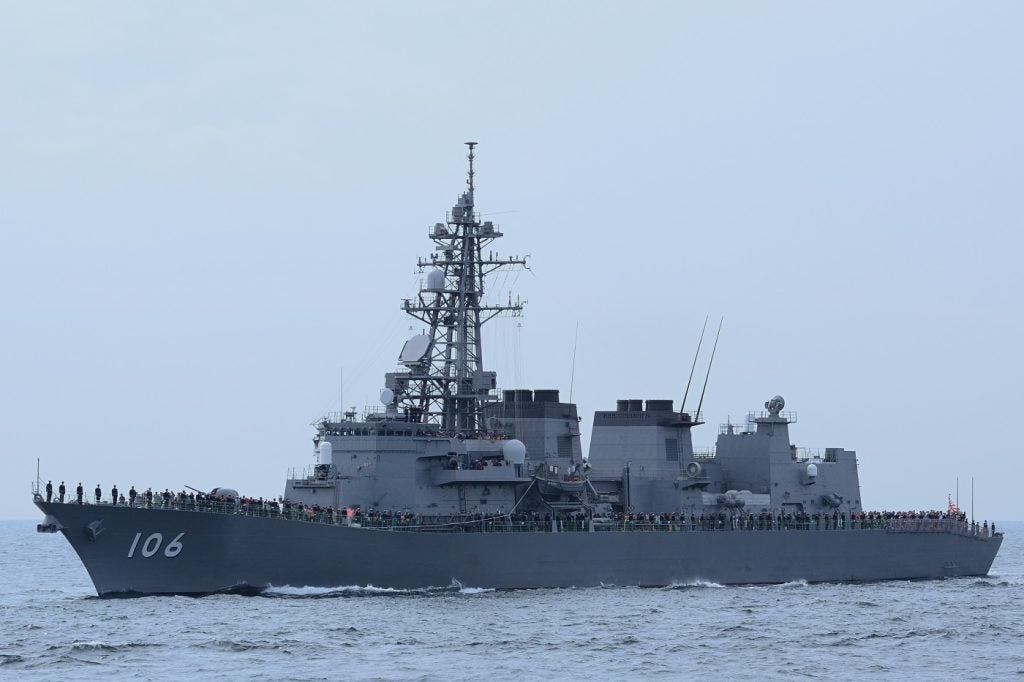the New Zealand government published its Defence Policy Review on 4 August, with papers including the defence policy strategy statement, a future force design report, and its first ever national security strategy paper.
“We are investing to modernise our capabilities across land, sea and air, and are strengthening our relationships with friends and partners in the Pacific and beyond,” said Prime Minister Chris Hipkins and Minister for National Security and Intelligence Andrew Little in a statement accompanying the release.
In terms of procurement, the Defence Policy Strategy Statement 2023 emphasises the need to take on technologies earlier in their life-cycle, and in line with the activities of partners, with Defence not seeking to "be at the leading edge”.
Furthermore, the document spells out the New Zealand government’s desire for the Defence Forces to seek lower complexity systems, that can are simple to operate, repair and maintain, favouring ‘off-the-shelf’ systems to bespoke military solutions: “Some systems will be proprietary, but generally simpler systems will be sought.”
This is in contrast to the behaviour of New Zealand nearest neighbour, Australia. Australia’s defence equipment has recently transformed, marked by an emphasis on enhancing indigenous capabilities and modernisation. GlobalData’s recent analysis highlights the nation’s proactive approach to maintaining a technologically advanced fleet, boosting domestic defence industries, and fostering self-reliance for a secure future.
New Zealand prioritises capacity to operate in multiple different locations at the same time
New Zealand's Defence Policy Review details the government's current and future defence priorities. Heightened priority is placed on concurrency, so that the Defence Forces can be active in multiple locations simultaneously, and on resilience to allow New Zealand’s defence capability to be maintained when networks are disrupted.
To help the wider national security community adjust to the new defence environment, the government has released its National Security Strategy. The National Security and Intelligence Priorities for 2023 have been revised in line with the Strategy.
The Future Forces Design Principles aim to connect the Department of Defense's new strategy with potential funding mechanisms for implementing that strategy, and it will form the basis for a revised Defence Capability Plan.
The papers have a number of objectives, that include setting out the government’s ambition for putting money into a strong military and a comprehensive national security system and garnering social licence for security initiatives to be expanded and maintained through an open dialogue with the public.
The papers do not elaborate on specific plans for investment, and discussion of the current order of battle for New Zealand’s armed forces is absent, but within the Future Forces Design Principles 2023, the government describes a sliding set of priorities for a range of areas that New Zealand’s Defence Forces should attain.











